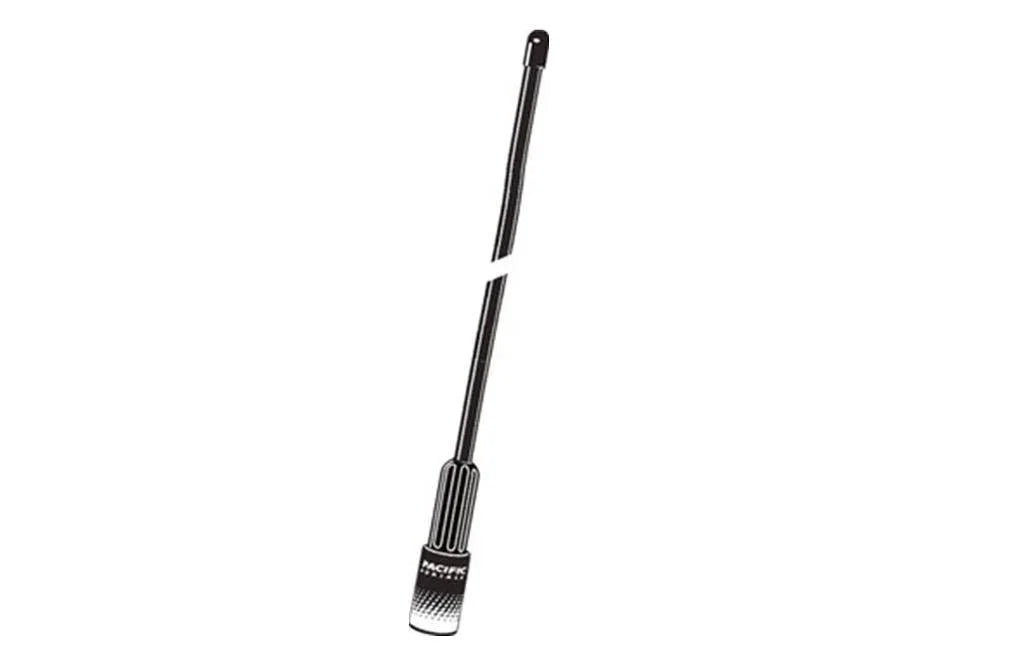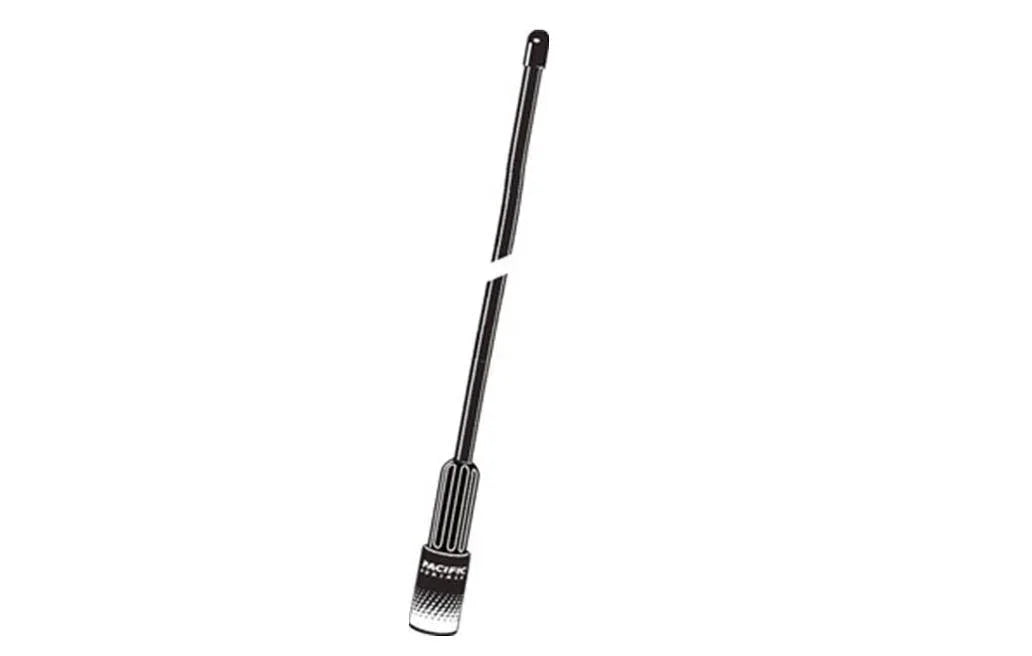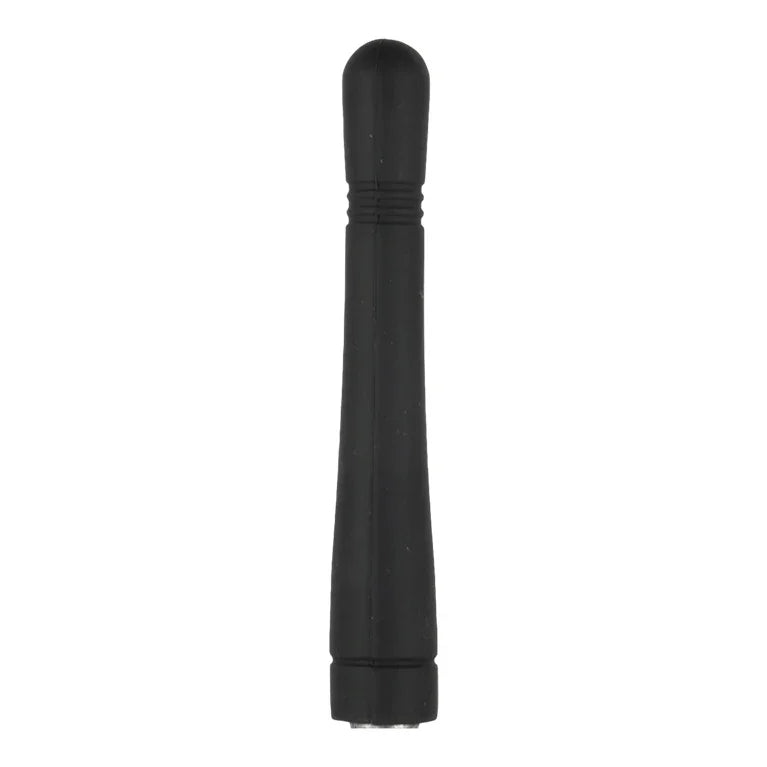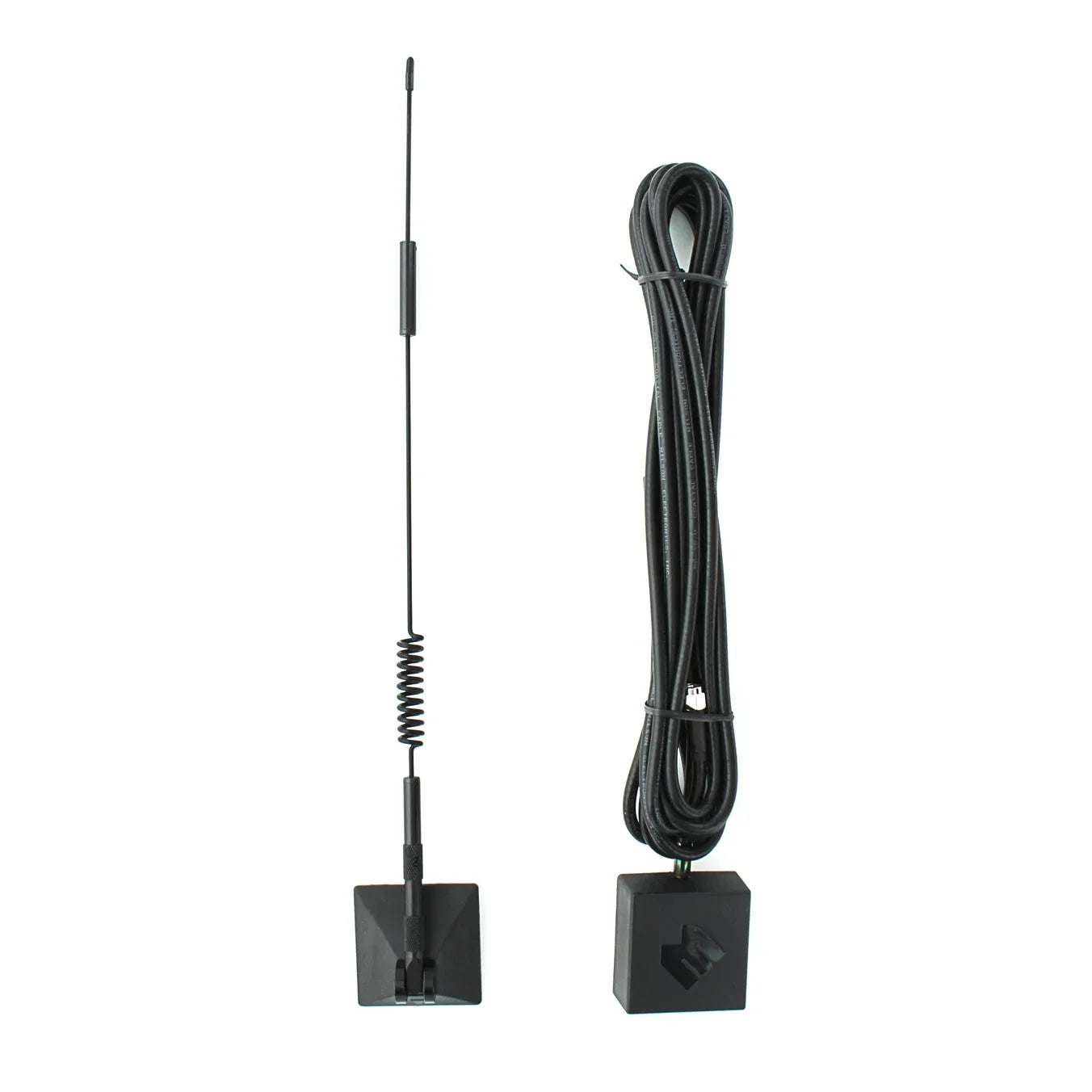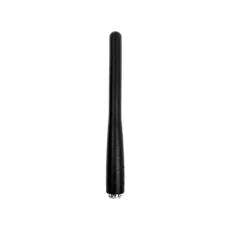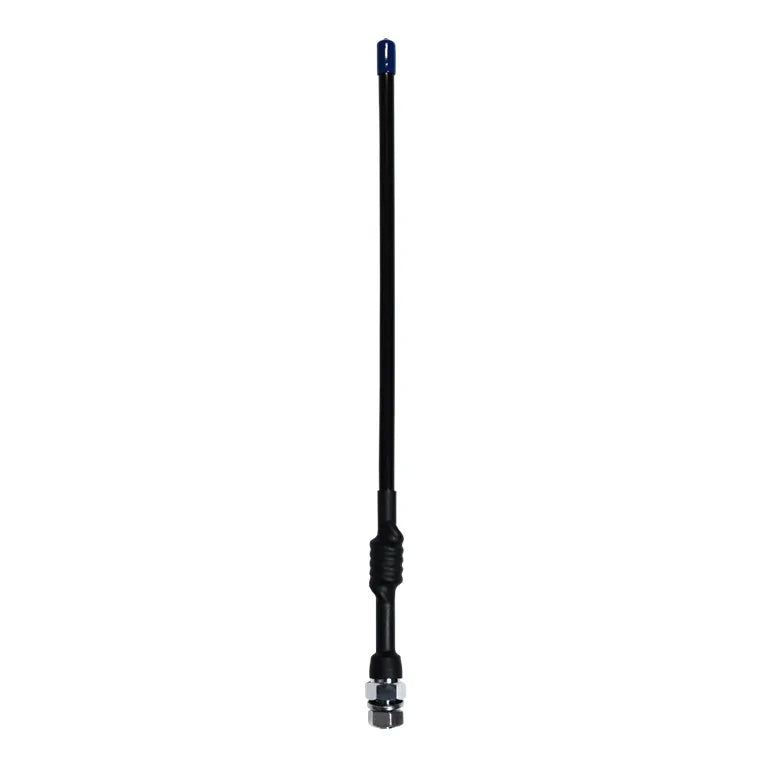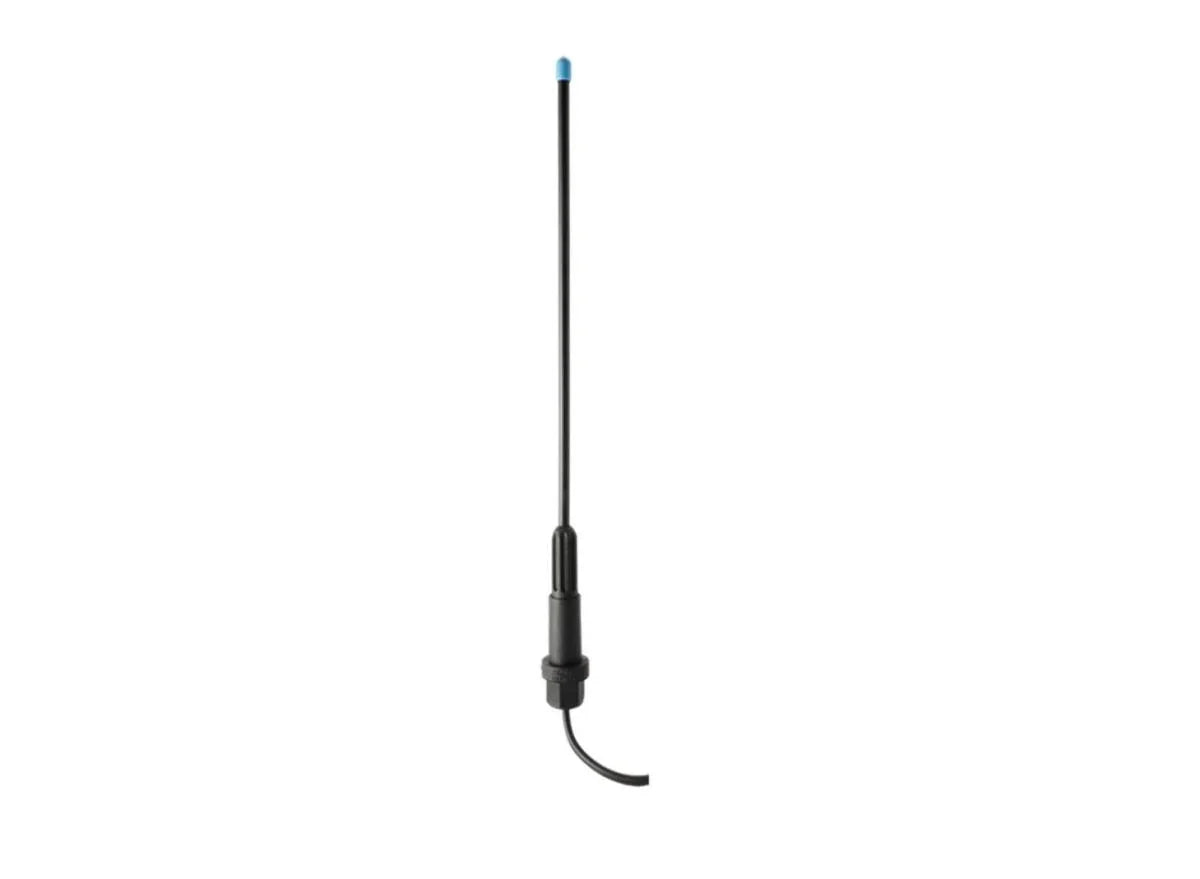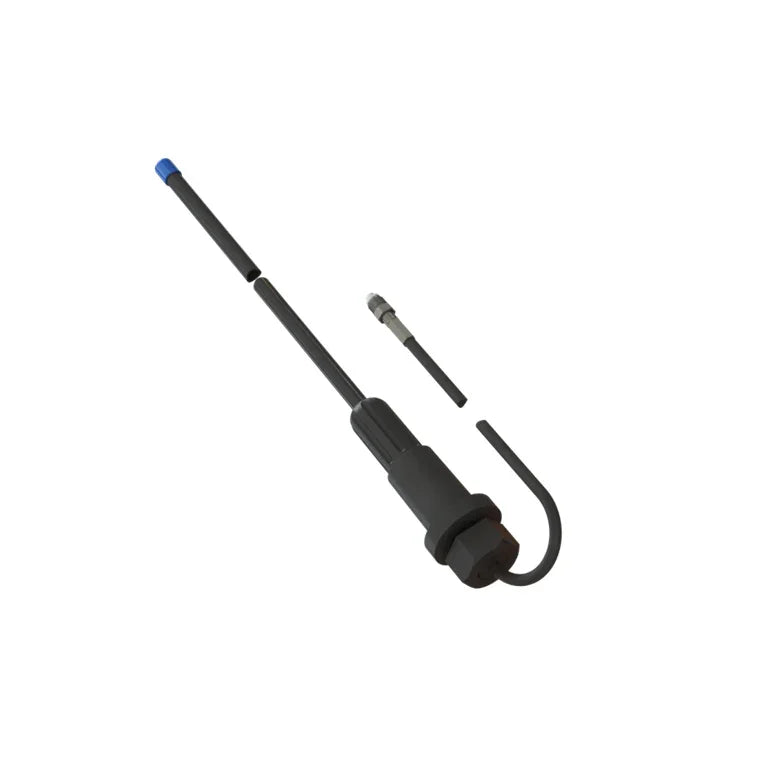GME AE4001 150mm Antenna Whip (2.1dBi Gain)
$29.00 NZD
Icom FA-SC25V VHF Antenna 136-150MHz
$31.00 NZD
Pacific Aerials P7032 400-960MHz UHF Antenna
$33.00 NZD
Pacific Aerials P9067 400-520MHz UHF Antenna
$35.00 NZD
Icom FA-SC56VS VHF Stubby Antenna 150-162MHz
$36.00 NZD
Icom FA-SC57VS VHF 160-174MHz Antenna
$36.00 NZD
Icom FA-SC61VC VHF Antenna 136-174MHz
$36.00 NZD
Icom FA-SC55V VHF Antenna 150-174MHz
$36.00 NZD
Pacific Aerials P1621 400-420MHz UHF Antenna
$46.00 NZD
Pacific Aerials P1622 450-470MHz UHF Antenna
$46.00 NZD
Pacific Aerials P1623 470-520MHz UHF Antenna
$46.00 NZD
GME AE4012 600mm Antenna Whip (6.6dBi gain)
$48.00 NZD
MSL - Dual Band Glass Mount Cellular Antenna
$51.00 NZD
Pacific Aerials P1006 450-470MHz UHF Antenna
$58.00 NZD
GME AE4005 400mm Flexible Antenna
$62.00 NZD
Pacific Aerials P1558 Flexi UHF CB Antenna
$65.00 NZD
Opek Marine Fibreglass 1.0m VHF Antenna
$67.00 NZD
Icom FA-SC62V VHF Antenna 150-160MHz
$74.00 NZD
Opek Marine Fibreglass 1.5m VHF Antenna
$79.00 NZD
Pacific Aerials P9735 AM FM 1m Antenna
$80.00 NZD

















